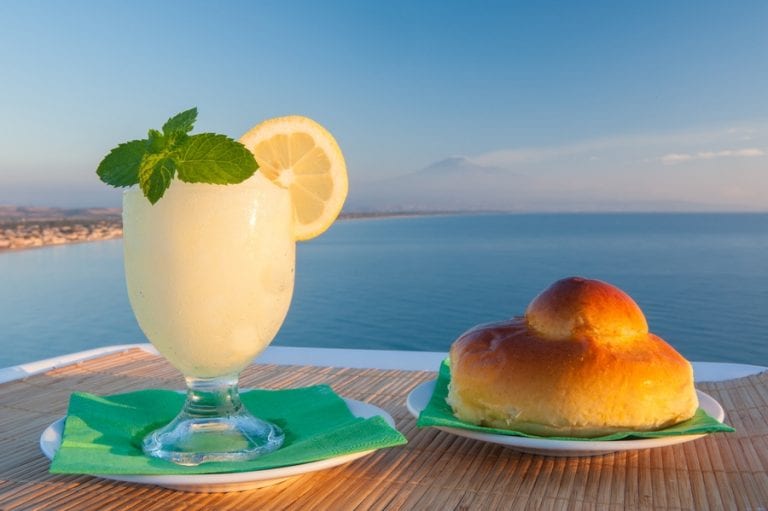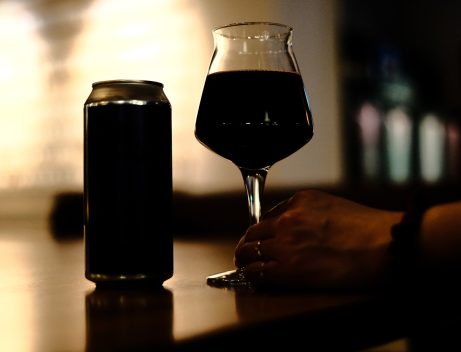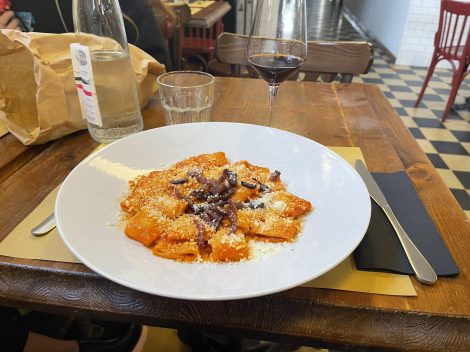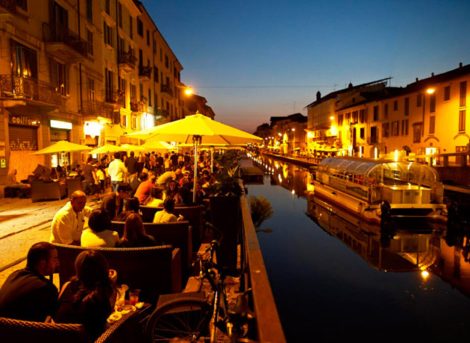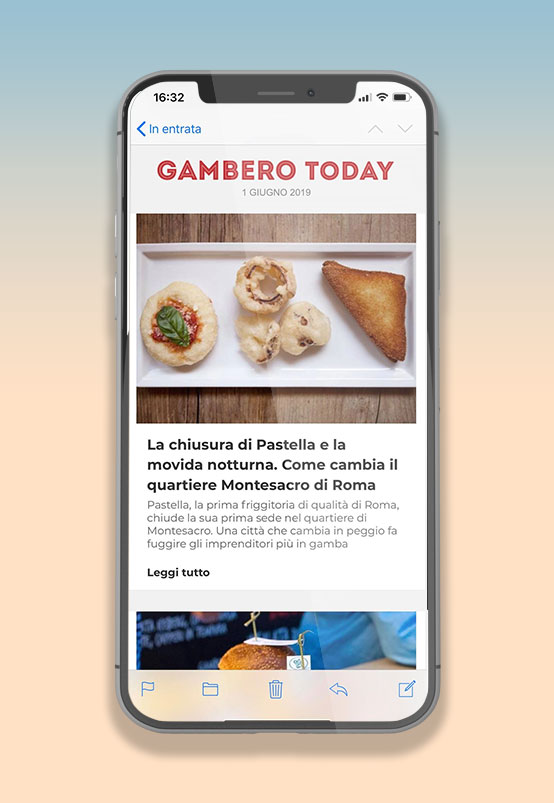Whether it's Sicilian breakfast granita, or Roman grattachecca to be enjoyed walking through the cobbled alleys of the Eternal City, or cremolata for avid fruit-lovers, or a refreshing sorbet to finish a fine meal, traditional Italian iced confectionery specialties are cornerstones of Italian summer foods. To be savored on a walk or as dessert at the end of a meal, Italians choose them as long as well-made and with fresh ingredients. From the Arab sherbet to the grattachecca kiosks, we retraced the history of recipes, suitable for the most torrid hours but to be equally enjoyed in winter, as a fresh and regenerating meal ending after a sumptuous dinner.

Sicilian granita: inspired by Arab sherbet
Mother of all subzero art forms is Sicilian granita, ideal for breakfast and locally paired with the typical "tuppo" brioche. This preparation has become symbolic of the sweetest side of Sicily, but that has its roots in the island's Arab domination. Essentially a mixture of water, sugar and fruit that is slowly frozen and stirred continuously, to obtain a sort of dense and creamy cold paste with an unmistakable consistency. The first ancestor of this product is sherbet, a sort of fruit juice flavoured with rose water and then frozen, a drink that was very popular in the times of the Arab domination, which many food historians identify as the original version of modern granita.
The snow of Mt Etna
Symbol par excellence of Catania and surroundings, granita was for a long time made starting from the snow collected on Mt Etna (but also on the Nebrodi, Peloritani or Iblei Mountains) from the "nivaroli" snow collectors, and conserved in the "niviere" stone caves in order to maintain the low temperature. A medieval tradition carried on for centuries: stored in this peculiar way, snow turned into ice that was scraped away and added with salt, before being stored in a steel container. By constantly stirring ice and honey, Sicilians were able to obtain a soft and creamy consistency, perfect savored by the spoonful, with fresh lemon or orange juice. The 16th century marks the birth of "pozzetto", a zinc bucket placed inside a wooden vat, a new tool used for the mixing of the granita, complete with shovels to prevent the formation of ice crystals. It's only in the 20th century however, with the advent of new technologies, that the pozzetto is replaced by the gelato maker, and snow replaced with water.
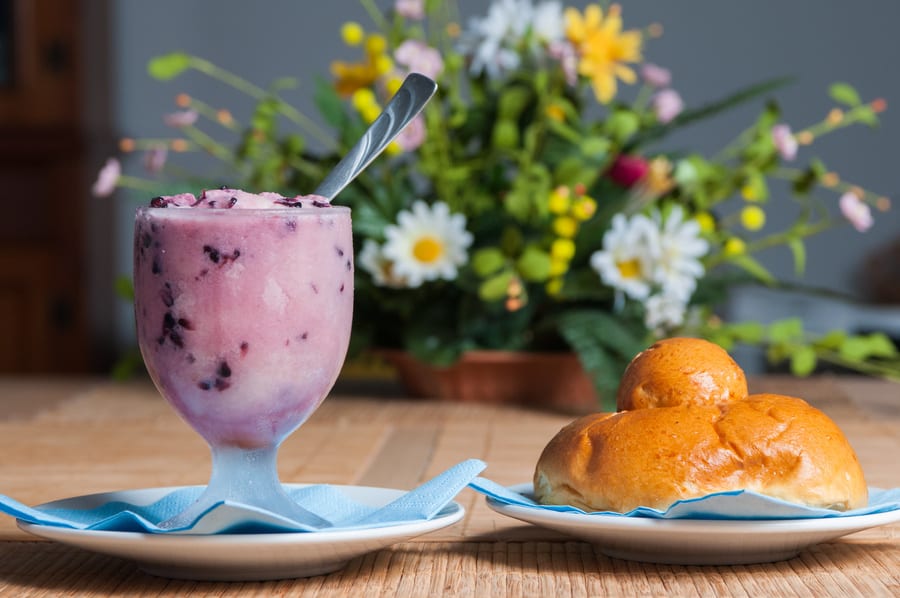
Granita today
The specialty has therefore travelled through centuries of history, setting itself apart from the beginning as one of the most popular products of the island, which today is offered in many different flavours. No longer just the classic ones: confectioners and artisans enjoy creating new granita flavours by combining the most different ingredients, seasoned with various aromas and spices. True lovers of Sicilian granita, however, consider only a few flavors, the traditional ones: almond, pistachio (very often also combined with each other), white mulberries and black mulberries, citrus. But there is also coffee, chocolate, mandarin, prickly pear, lemon, strawberry or peach.
Sorbet, from the Middle Ages to the Parisian cafes
Then there is sorbet, an alternative to gelato, sans lactose, now present in all Italian gelaterias. Many food historians believe that even in this case the etymology of the term is to be attributed to the Arab sherbet, but others argue that the name derives from the Turkish sharber, Italian "sorbire", or even from the Latin verb sorbere, for ‘to savour’. In any case, we are talking about a drink that started to spread during the Middle Ages, anc once again made with snow. In the 16th century, the tradition of sorbets began to assert itself more and more in the Italian courts, especially those of the Medici, thanks to new tools developed, according to some scholars, by engineer Bernardo Buontalenti. This man who, according to "Del vitto e delle cene degli antichi" volume by Giuseppe Averani, "first made ice preserves". The peak of success of the dessert, however, arrived in France, in Parisian Café Procope, one of the oldest in Europe, inaugurated in 1686 by Francesco Procopio dei Coltelli, who emigrated to Paris from Acitrezza, Sicily. He is the one responsible for popularizing sorbets in the European upper middle class, to the point of earning exclusive rights to the court of Louis XIV for the supply of frozen water, anise flowers and cinnamon flowers.
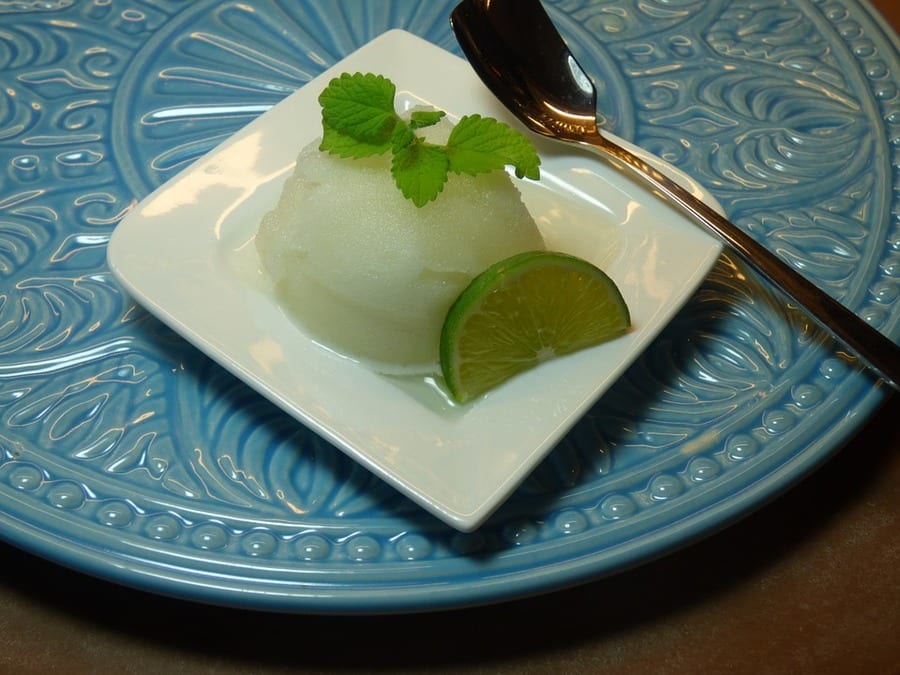
Composition
Water, sugar and fruit pulp: these are the ingredients that make up the structure of the sorbet, usually containing at least 50% of fruit and at most 25% of sugar. A fine-grained ice dessert, which needs to incorporate a lot of air: the water is turned into sugar and as the ice crystals separate from the solution, the sugar is concentrated, and the temperatures are further lowered to form new crystals. In the absence of proteins and fats of milk, which in the gelato cousin help air bubbles to stabilize, in the sorbet it's the sugar solution that incorporates air, cooling and becoming more and more viscous. In the past, to facilitate this operation partially beaten egg whites were added often, a practice that was soon abandoned.

Cremolata, granita with fruit pieces
Similar to granita but with a larger amount of fruit is cremolata (aka gramolata), a mixture of water, sugar and about 80% of fruit. In this case, the fruit is first blended coarsely and then iced, to be finally grated and reduced into small cubes and mixed. A fundamental characteristic of cremolata are the pieces of fruit that are clearly visible in the glass, of a greater or lesser size depending on the pastry chef or gelato maker who prepares it. The grainy texture is finer compared to granita, the most famous cremolata is the Apulian fig-based one, although it's still quite widespread also in Sicily, where however it holds second place behind granita.
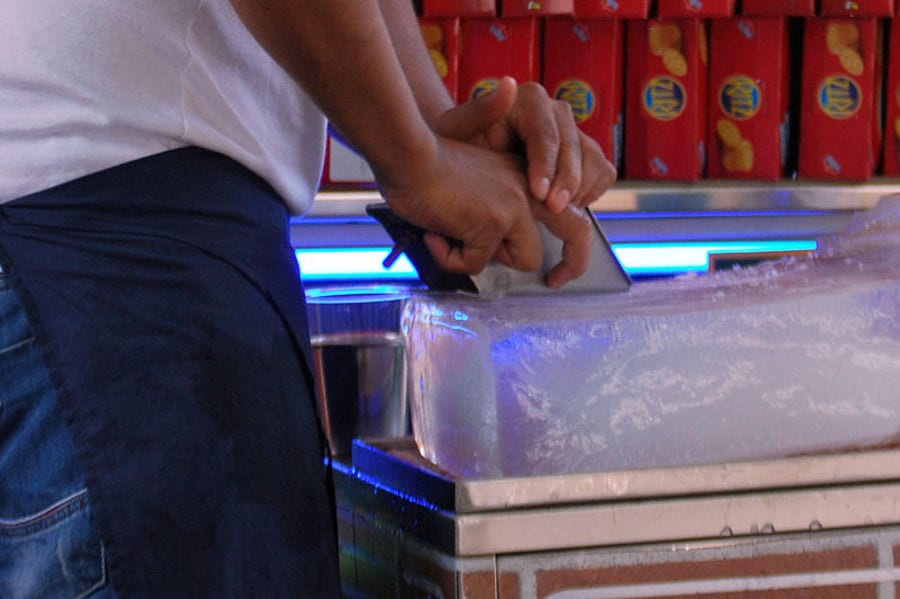
Grattachecca, Rome's typical ice
In Rome, grattachecca dominates the scene. It's the emblem of Roman summer, this drink is composed of "grated" ice from a single large block, mixed with fruit syrups. The name derives from the verb "grattare", to scratch and from the word "checca", identified as, before the advent of the refrigerators, an ice block used to refrigerate food. The first "grattacheccari" kiosks serving the beverage started to spread among the alleys of the Trastevere neighborhood at the beginning of the 20th century, a period in which Romans initiated the habit of walking around the city sipping the fresh drink, a practice that still survives today. As a sort of drinkable street food, grattachecca soon became popular around the city and in the rest of the country, where it is known as "ghiacciata" (grattatella in Palermo, granatina in Naples, grattamarianna in Bari).
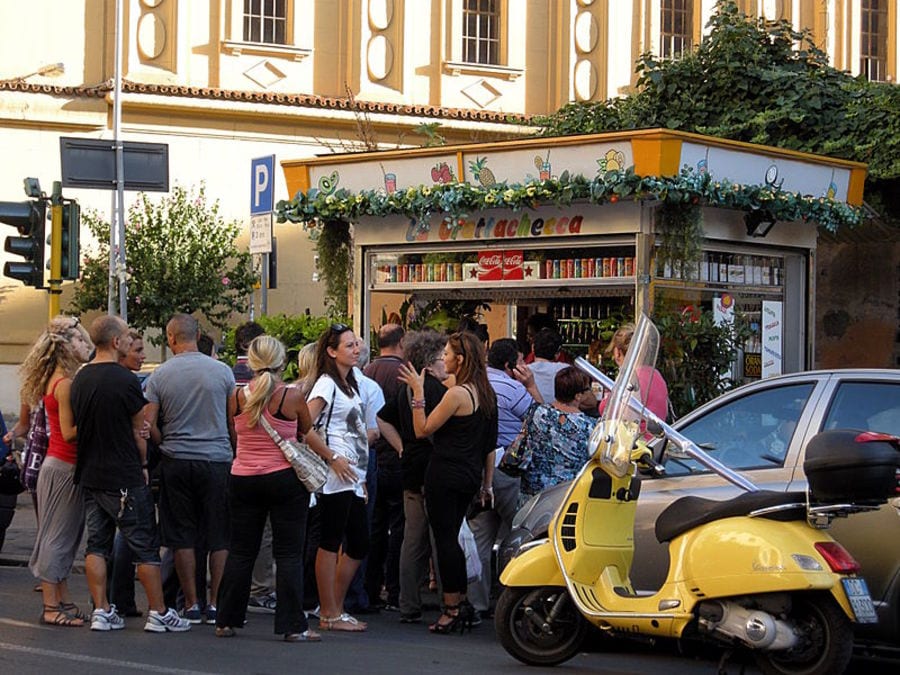
Today it is very rare to find kiosks that still make grattachecca in the traditional way, starting from a single block of manually grated ice, a custom that has been lost over time in favor of more practical and fast methods such as electric ice crushers, which are able to crush the ice into shreds, then added with fruit juices or syrups.
Granita and brioche
Undecided on what granita flavour to feature, we decided to provide three different recipes to make coffee granita, classic almond granita and a simpler and faster lemon one. All accompanied by brioche.
For the brioche
400 g flour
20 g brewer’s yeast
8 eggs
200 g butter
30 g sugar
A few tbsp. of milk
For coffee granita
500 g espresso coffee
150 g sugar
50 g heavy cream
For the almond granita
100 g almond paste
250 g water
For quick lemon granita
2 untreated lemons
150 g sugar
400 g ice cubes
Method for the brioche
Mix 100 g of flour with the brewer’s yeast melted in lukewarm milk. Allow the dough to proof untili t doubles in volume. In the meantime, soften the butter and keep the eggs at room temperature. Add to the leavened dough additional 300 g of flour, incorporate the eggs, sugar and butter. Knead to obtain a soft and satiny dough. Separate into rolls and top each with a small ball of dough. Leave to rise for at least two hours. Bake in a hot oven for 35 minutes at medium heat until the brioches are golden on top.
Coffee granita
To make coffee granita, melt the sugar in the hot coffee, mix and pour in an ice cube tray. Place in the freezer. When time to serve, crush the cubes and mix with a spatula until evenly ground. Garnish with unsweetened whipped cream.
Almond granita
Blend the almond paste with water and pour the obtained “milk” in a shallow sheet pan or in an ice cube tray, place in the freezer. When ready to serve, crush the cubes and mix with a spatula until evenly ground.
Lemon granita
Using a lemon rind tool, obtain a few threads of lemon zest and keep aside. Peel the lemons making sure to remove all the white pith and any skins. In the blender powder the sugar and half the lemon rinf, blending on high. Add the lemons (coarsely chopped, seds removed) and the ice cubes, and blend further. Serve immediately with the remaining zest as garnish.
Assorted sorbets
Equally for sorbets, we're offering three different options, to discover new combinations and flavour contrasts: pear and cacao beans; strawberry and tomato; yogurt, pineapple and fennel.
For the pear and cacao bean sorbet
500 g ripe pears
150 g sugar
Juice of 1 lemon
50 g toasted cacao beans
For the strawberry and tomato sorbet
500 g ripe strawberries, trimmed stems removed
2 ripe tomatoes, peeled and chopped, seeds removed
150 g sugar
Juice of 1 lemon
For the yogurt, pineapple and fennel sorbet
500 g pineapple, peeled and cored
1 fennel bulb, boiled
150 g plain yogurt
150 g sugar
Juice of 1 lemon
Method for pear and cacao bean sorbet
Boil the sugar in 250 g water, obtaining a thick syrup. Allow to cool. Blend the pears with the lemon juice, add the syrup and the cacao beans. Pour the blend in a shallow sheet pan and freeze. When ready to serve, break the frozen mass in to pieces and put through the food processor. Serve immediately or store in the freezer.
Method for strawberry and tomato sorbet
Boil the sugar in 250 g water, obtaining a thick syrup. Allow to cool. Blend the strawberries with the lemon juice, add the tomatoes and continue blending. Add the syrup and mix. Pour the blend in a shallow sheet pan and freeze. When ready to serve, break the frozen mass in to pieces and put through the food processor. Serve immediately or store in the freezer.
Method for yogurt, pineapple and fennel sorbet
Boil the sugar in 250 g water, obtaining a thick syrup, add the chopped boiled fennel and allow to cool. Blend the pineapple with the lemon juice and the yogurt, incorporate the syrup and fennel and mix well. Pour the blend in a shallow sheet pan and freeze. When ready to serve, break the frozen mass in to pieces and put through the food processor. Serve immediately or store in the freezer.
by Michela Becchi
translated by Eleonora Baldwin
